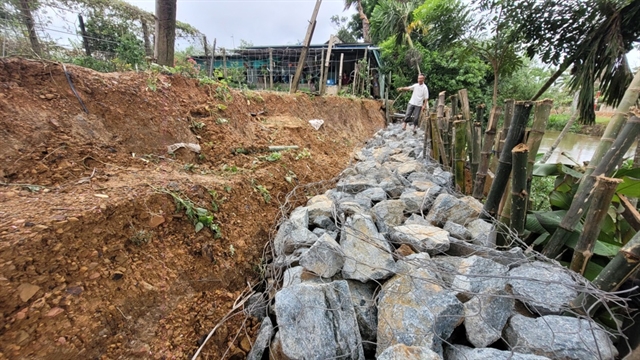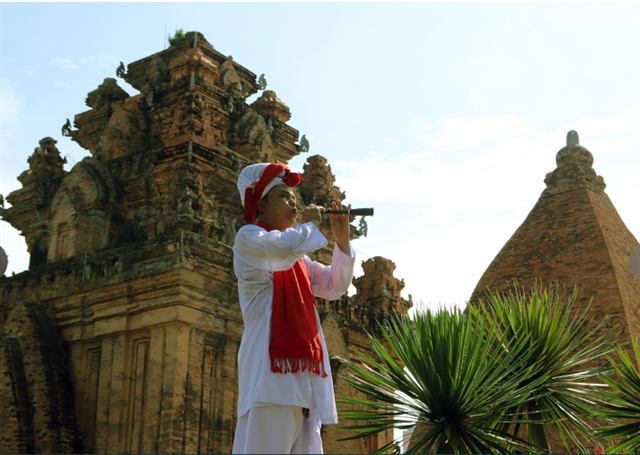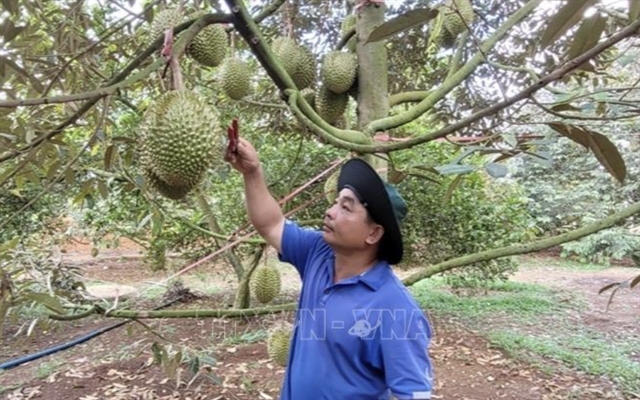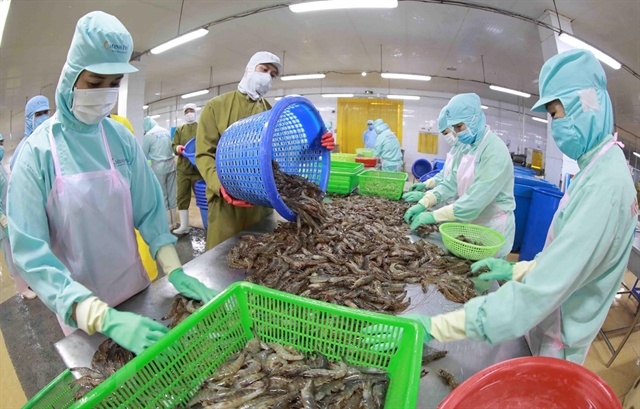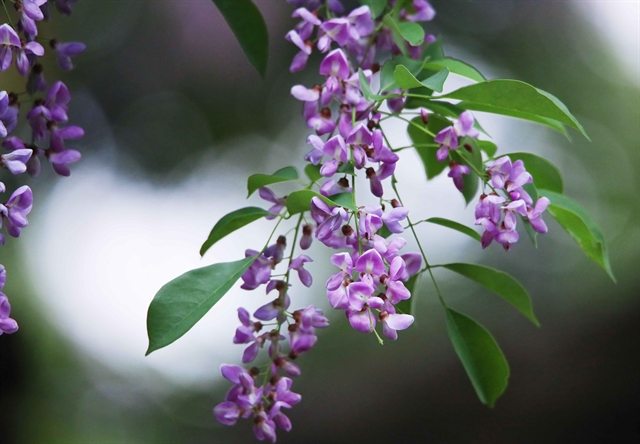 Life & Style
Life & Style
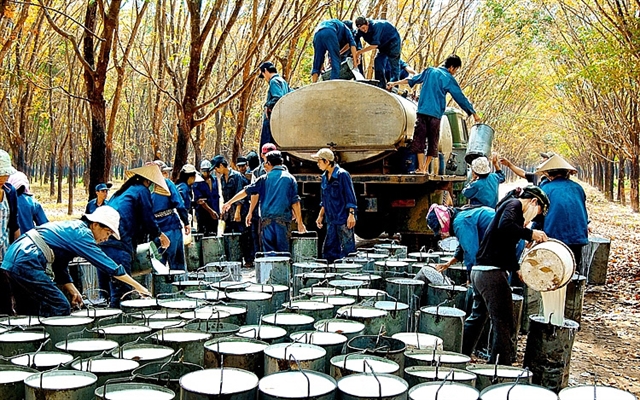
The central city has recognised the Hoàng Sa (Paracel) Museum as a new destination on the tourism map just 22 months after the museum was opened to the public.
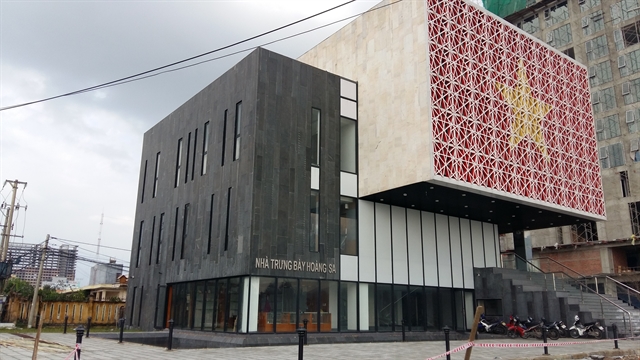
|
| Hoàng Sa (Paracel) Museum is built on coastal Hoàng Sa road in Đà Nẵng. The city has recognised the museum as a new destination. — VNS Photo Công Thành |
ĐÀ NẴNG — The central city has recognised the Hoàng Sa (Paracel) Museum as a new destination on the tourism map just 22 months after the museum opened to the public.
The city asked the Hoàng Sa (Paracel) Island district and relevant agencies to set up the best conditions and facilities in serving tourists visiting the museum.
The museum, built on nearly 1,300sq.m along coastal streets of Hoàng Sa-Trường Sa-Võ Nguyên Giáp in the Sơn Trà Peninsula, is a significant landmark for showing artifacts, legal evidence and documents on Việt Nam’s sovereignty over the Hoàng Sa (Paracel) and Trường Sa (Spratly) Archipelagos.

|
Secretariat of Hoàng Sa Island District’s Lê Phú Nguyện said the museum also reserves a collection of 150 maps published between 1618-1859, and 1626-1908. Of which, many show evidence that the Paracel and Spratlys archipelagoes belong to Việt Nam, and 102 books published in English, German, French, Spanish, Italian, Dutch and Hán (Chinese script) showing the frontier of Southern China is Hainan Island.
He said the museum is also a historical education site for students and tourists studying Hoàng Sa Archipelago history with ancient documents and artefacts.
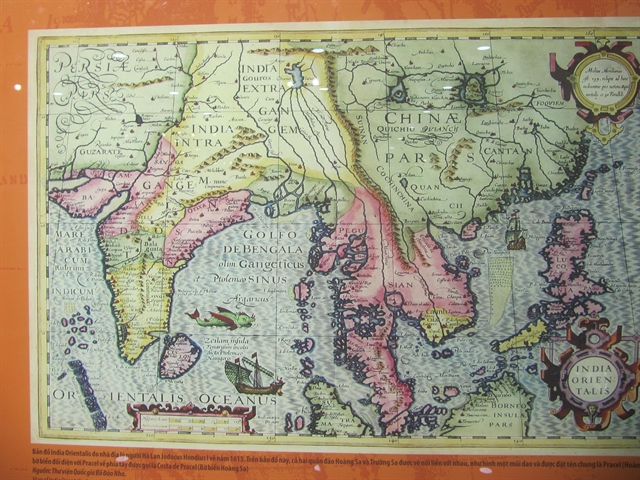
|
A textbook on Việt Nam’s sovereignty over the two archipelagos was included in the curriculum at junior secondary and high-school education system in the city since 2016.
Last year, the Hoàng Sa Islands district displayed a shipwreck in the museum’s front yard. The DNa 90512 fishing vessel was rammed by Chinese boats in Vietnamese waters off the Hoàng Sa Archipelago in 2014.
According to the Hoàng Sa District People’s Committee, 12 people in Đà Nẵng had lived, worked and fought for the archipelago from 1959-1974. Hoàng Sa was illegally seized by Chinese forces on January 19, 1974.
In 2017, American-Vietnamese collector, Trần Thắng, donated to Hoàng Sa Island District the Pattie De La Conchinchine, an 1827 map printed in the six-volume World Atlas by late Belgian cartographer Phillippe Vandermaelen.

|
The Pattie De La Conchinchine map indicated the central region was part of Annam (a French protectorate encompassing the central region of Việt Nam) and Hoàng Sa (Paracels) was under the sovereignty of Việt Nam from at least the 19th century onwards.
The museum also features articles, documents and photos on the illegal oil drilling by Haiyang Shiyou-981 oil rig (HD-981) in Vietnamese waters off the Hoàng Sa Archipelago in 2014.
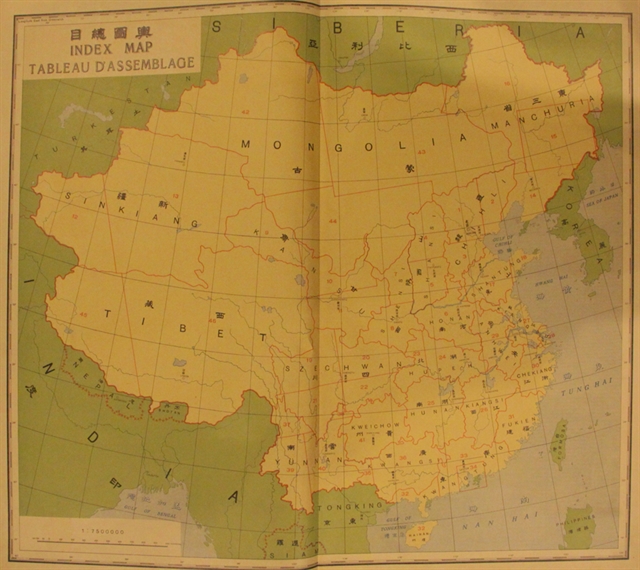
|
Đà Nẵng has recognised some official destinations including the Marble Mountains, Bà Nà Hills, Sơn Trà Nature Reserve, Mỹ Khê beach, Đà Nẵng Museum, Chăm Sculpture Museum and Stone sculpture village of Non Nước.
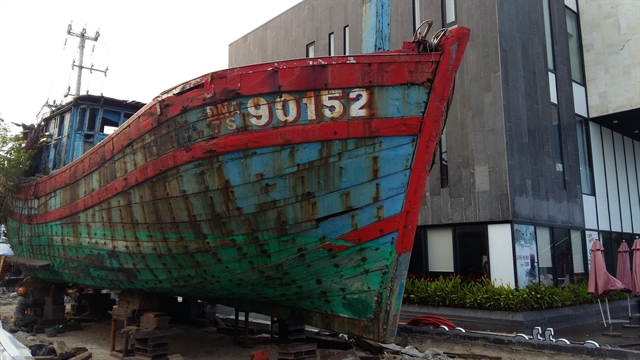
|
The Hoàng Sa Museum hosted 45,000 tourists since March of 2018. — VNS



